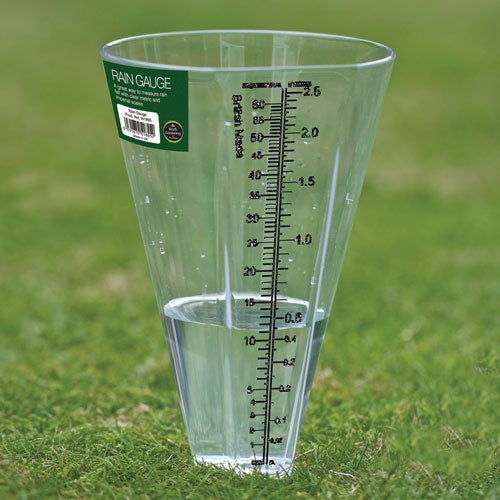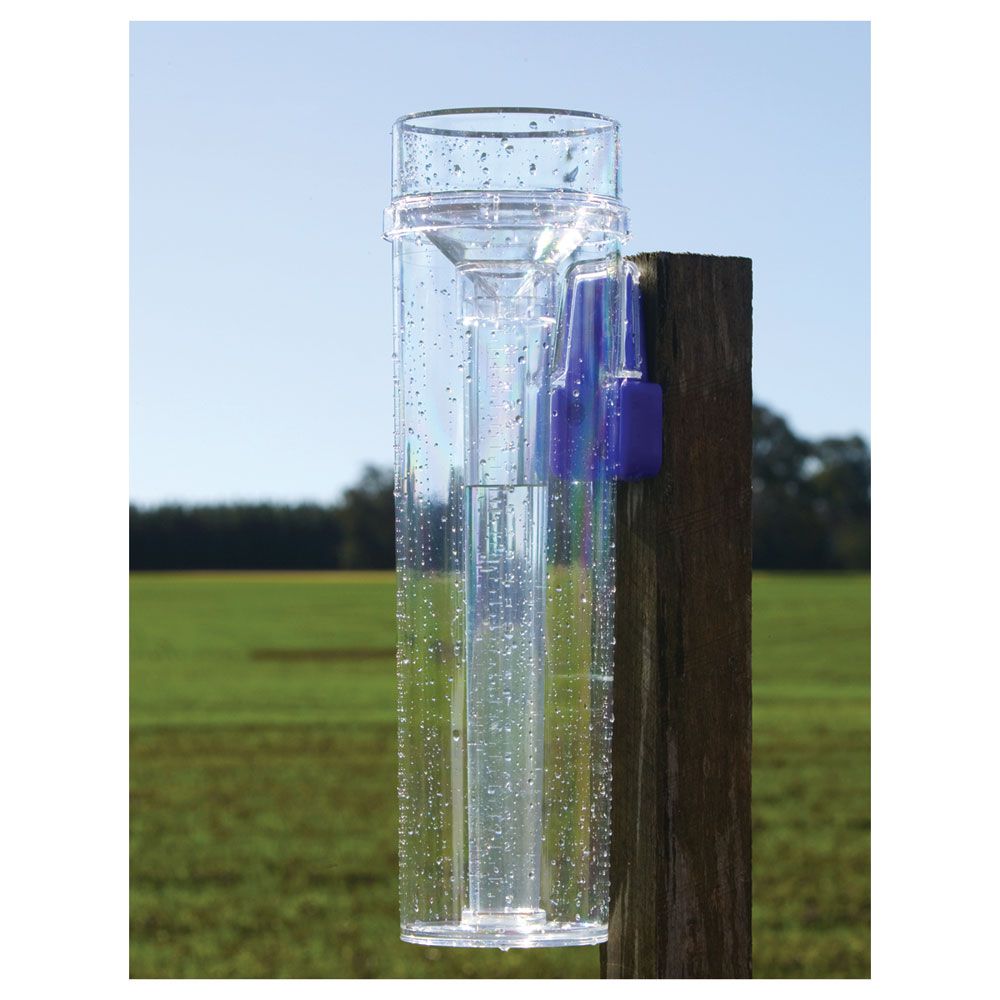Rain Gauge Purchasing Guide: What You Required to Know for Ideal Efficiency
Rain Gauge Purchasing Guide: What You Required to Know for Ideal Efficiency
Blog Article
Introducing the Science Behind Rainfall Evaluates: Just How These Gadgets Play an Important Role in Climate Research Study and Ecological Monitoring
Rainfall determines, apparently easy tools, hold an extensive relevance in the world of climate research and ecological surveillance. These simple tools quietly accumulate one of nature's most necessary elements-- rainfall. Behind their plain facade exists an intricate science that is indispensable for comprehending the characteristics of our setting. As we peel back the layers of this scientific veil surrounding rain assesses, we reveal a world where precision, data accuracy, and precise observation converge to reveal a much deeper understanding of our altering climate and its influence on the world.
Relevance of Rainfall Gauges
Rain gauges play an important role in monitoring and measuring rainfall degrees, supplying crucial information for climate study and evaluation. These tools are basic in measuring the amount of rains that occurs in a particular area over a certain duration. By collecting and gauging rain, rain gauges deal valuable insights right into the distribution and strength of precipitation, assisting meteorologists, hydrologists, and climatologists in comprehending weather condition patterns and patterns.
One of the crucial reasons that rainfall evaluates are important is their capacity to offer accurate and localized data. Unlike satellite or radar-based measurements, which supply wider monitorings, rainfall evaluates deal precise info specific to the area where they are put. This local data is essential for various applications, consisting of flood forecasting, dry spell surveillance, and water resource monitoring. Additionally, long-lasting information accumulated from rain gauges aids in evaluating environment adjustment impacts and patterns, contributing significantly to clinical study and decision-making processes. Essentially, rainfall assesses work as necessary devices in the field of meteorology and environmental science, playing a vital duty in progressing our understanding of weather and climate dynamics.
Sorts Of Rain Scales

Performance and Operation
In the world of environment research and atmospheric researches, the performance of rain determines lies in their elaborate functionality and exact operational mechanisms. Rain gauges are created to accurately measure the amount of rainfall that falls over a certain area during a set period.
The capability of rain assesses is based upon the principle of collecting and measuring rainwater in a standard manner. This collected information is important for understanding regional climate patterns, tracking long-term climate fads, Resources and evaluating ecological influences. To guarantee precise measurements, rainfall gauges requirement to be purposefully official website placed in open areas far from obstructions such as buildings or trees that can disrupt the collection procedure.
The operational aspect of rain assesses involves normal upkeep to prevent debris build-up, calibration checks to preserve measurement accuracy, and data tape-recording for evaluation (rain gauge). On the whole, the capability and operation of rainfall assesses are important for collecting reputable rainfall data essential to environment study and ecological surveillance
Duty in Climate Research Study
Provided the important relevance of exact rainfall measurements in comprehending weather condition patterns and ecological effects, the function of rain determines in climate research is essential. Rain gauges provide important data for climate research by evaluating the quantity of rainfall that drops over a certain area during a given duration. This data is important for keeping an eye on long-term patterns in rainfall patterns, analyzing the effect of environment modification on rainfall circulation, and enhancing climate models.

Environment researchers make use of data accumulated from rainfall assesses to analyze variants in precipitation levels, recognize local climate fads, and examine the performance of water resource monitoring techniques. By comparing historic precipitation data with existing measurements, researchers can spot changes in precipitation patterns, such as adjustments in the frequency or intensity of rains events. This details is important for recognizing how environment adjustment is affecting precipitation dynamics and can assist policymakers make educated decisions relating to adaptation and reduction strategies.
Applications in Environmental Surveillance

In flooding forecasting, rain gauge data aids to track rains intensity and distribution, permitting authorities to release prompt cautions and take essential steps to reduce flooding risks (rain gauge). Drought surveillance relies upon rain scale information to analyze wetness degrees in the dirt and track precipitation shortages, assisting in the recognition of drought-prone areas and the execution of drought feedback approaches
In addition, rain gauge information plays an important role in water resource management by supplying info on water availability and use trends. This data is used to make enlightened decisions pertaining to water allowance, conservation procedures, and lasting water resource preparation. Additionally, in farming, rain scale data assists farmers in see this website maximizing irrigation timetables, crop option, and overall farm monitoring methods based upon local rainfall patterns. Overall, rainfall assesses are essential devices in environmental tracking, supplying important understandings that add to informed decision-making and sustainable source management.
Conclusion
Finally, rainfall determines are essential devices for determining rainfall, providing valuable information for environment research study and environmental surveillance. With different types and functionalities, rainfall determines play a crucial role in comprehending rainfall patterns and their effect on the atmosphere. By accurately measuring rains, these devices contribute to the advancement of clinical expertise and assistance in making educated choices pertaining to water resource management and disaster readiness.
Rain assesses play an essential role in tracking and measuring rainfall levels, supplying essential data for environment study and evaluation. The conventional rain scale, recognized as the "tipping pail" scale, is one of the most generally utilized devices. Ultrasonic rainfall evaluates usage noise waves to detect the visibility of rain, giving real-time information on precipitation levels.Environment researchers utilize information collected from rainfall gauges to evaluate variations in rainfall levels, determine local climate fads, and assess the performance of water source administration strategies.In final thought, rainfall assesses are essential devices for measuring precipitation, giving important data for environment research study and ecological monitoring.
Report this page